Gallery of Dead Sea Scrolls: A Glimpse of the Past
The Great Isaiah Scroll

The Great Isaiah Scroll is one of the original seven Dead Sea Scrolls discovered in Qumran in 1947. It is the best preserved of the scrolls, and is nearly complete.
The Great Isaiah Scroll, Translated
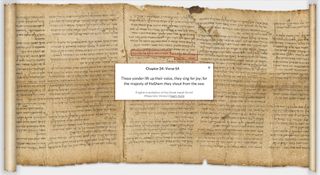
At the Israel Museum's website, mousing over the Great Isaiah Scroll provides an English translation of the text.
The Temple Scroll

The Temple scroll is the thinnest of the Dead Sea Scrolls. Discovered in 1956, it contains God's instructions on how to run the Temple.
Fragments of the Temple Scroll
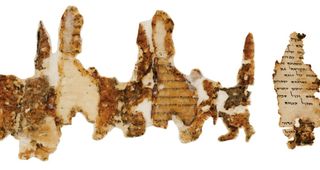
Parts of the Temple Scroll are poorly preserved.
The War Scroll
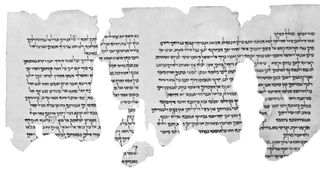
The War Scroll, also known as "The War of the Sons of Light Against the Sons of Darkness," tells an end-of-days-style tale of a battle between good and evil.
Community Rule
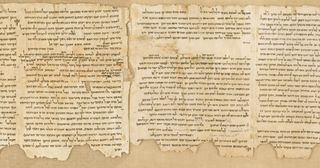
The Community Rule Scroll is a sort of manual for life, from governing who joins the community to laying down rules about how to behave at communal meals.
The Community Rule Scroll
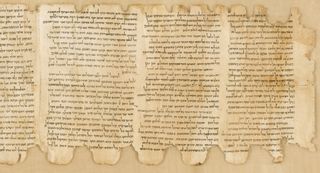
Another view of the Community Rule Scroll. The scroll was found in 1947.
Sign up for the Live Science daily newsletter now
Get the world’s most fascinating discoveries delivered straight to your inbox.
Commentary on Habakkuk
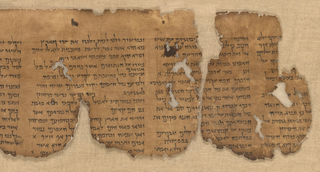
The Commentary on Habakkuk Scroll analyses the biblical book of the prophet Habakkuk.
Finding the Scrolls
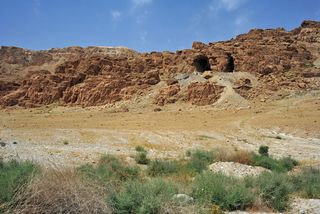
The Dead Sea Scrolls were found in caves in Qumran, Israel. Shown here, Cave 1, where the Great Isaiah scroll was discovered, and Cave 2.
En-Gedi scroll
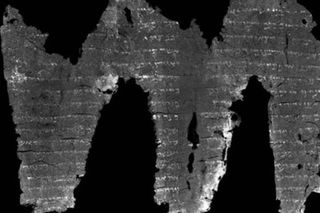
In addition to referring to the original scrolls, the term "Dead Sea Scroll" includes other scrolls found in the desert of present-day Israel from that time period. The En-Gedi scroll is one of them. A fire burned the scroll in about A.D. 600, but a complex digital analysis called "virtual unwrapping" has allowed researchers to see inside it.The analysis allowed researchers to determine that the En-Gedi holds the first part of the Book of Leviticus, one of the five books of Moses that make up the Torah, the Jewish bible.
Micro-CT Scanner
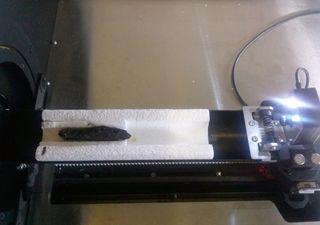
Researchers in Israel used a micro-computed tomography (micro-CT) scanner to look at the fragile En-Gedi scroll, which experts could not unfurl without damaging it.










